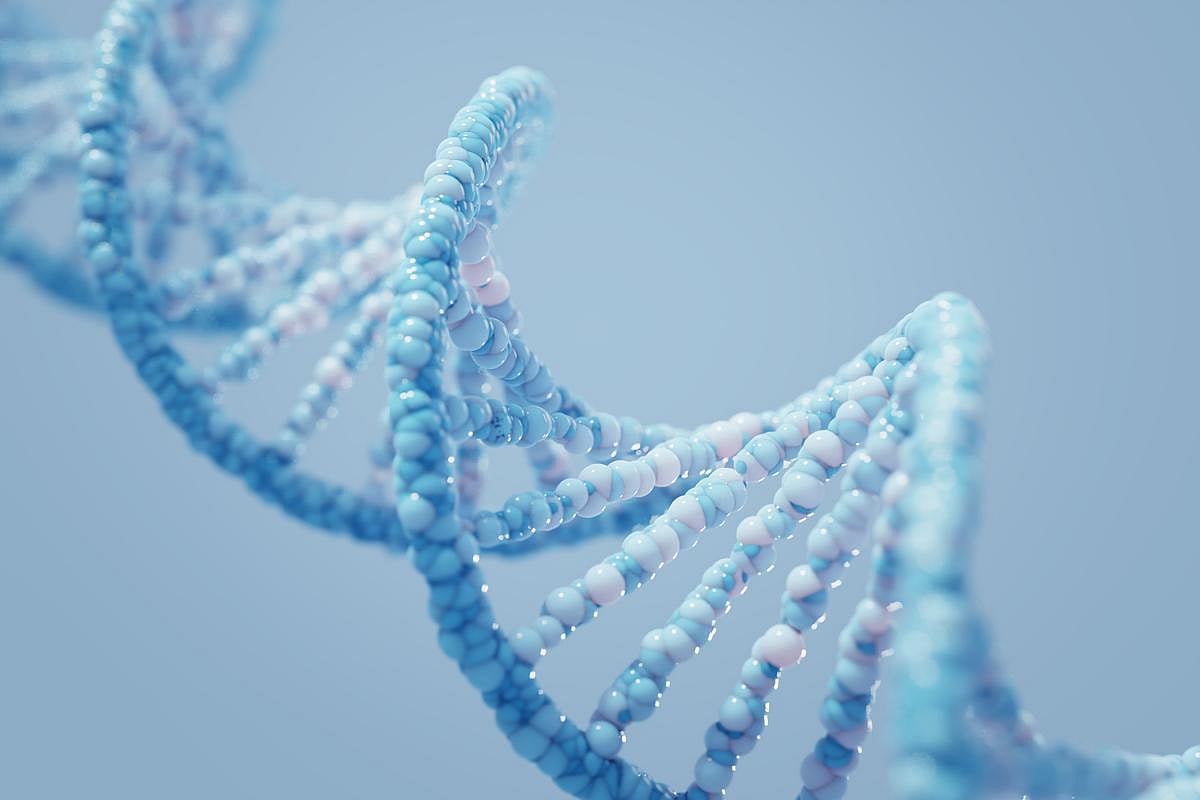Get Healthy!

- Posted November 21, 2025
New Approach Could Make Gene-Editing Treatments Faster and Cheaper
A new gene-editing strategy may one day help many people with rare genetic diseases.
In a new study published Wednesday in the journal Nature, researchers say this new approach could make future treatments easier and less costly to develop, especially for conditions caused by a certain type of genetic error.
"We are purposefully forgoing what is the most obvious way to treat a patient — fix their individual mutation back to the normal sequence," senior author David Liu, a biologist at the Broad Institute and Harvard in Boston, told The New York Times.
Instead, he said, the goal is a “disease-agnostic” technique that “could treat many more patients regardless of what mutation they have.”
More than 7,000 rare genetic diseases affect fewer than 200,000 people each in the United States. But together, they impact 30 million Americans and 400 million people worldwide.
The study, which was funded by the National Institutes of Health and academic institutions, focuses on nonsense mutations, which create a premature “stop” signal in a gene. This prevents a full protein from being made. These faulty proteins cause or contribute to many rare disorders.
Instead of correcting each mutation one by one, Liu’s team engineered a special molecule called a suppressor tRNA. This molecule helps cells read past the unwanted stop signal and build a full protein.
Instead of creating "a better mousetrap, they invented a cat," Fyodor Urnov, a gene-editing expert at the University of California, Berkeley, who was not involved in the study, said to The Times.
Using a technique from Liu’s lab known as prime editing, researchers inserted the new suppressor tRNA into cells to take the place of an unused tRNA.
The new edit, called PERT (prime editing-mediated readthrough of premature termination codons), did not produce mistakes or toxicity in testing.
Scientists tested the method in human cell models of Batten disease, Tay-Sachs disease, cystic fibrosis and Niemann-Pick disease type C1, as well as in a mouse model of Hurler syndrome.
In each case, cells restored protein function to levels that would be expected to ease symptoms.
Rodolphe Barrangou, a genomic-editing expert at North Carolina State University who was not involved in the research, said the method has “tremendous tangible potential for scalability” and could move generalized gene editing for diseases in front of customized individual treatments.
He added, however, that years of more testing are needed before the strategy could actually be used in people.
About 30% of genetic diseases are caused by premature stop signals, said Liu, but not every patient with the same disease has that type of variation.
Still, experts say the potential impact is large and among others, could help:
10% to 15% of people with Duchenne muscular dystrophy or cystic fibrosis
252,000 patients with Stargardt disease
31,000 patients with phenylketonuria
Delivering gene-editing tools to all the cells that need them, especially in organs like the brain or lungs, remains a major obstacle, experts said.
"It’s not clear how to bring the science to patients, given that the vast majority of the 400 million people in this world with genetic diseases suffer from diseases too rare for companies to be able to recoup the costs of drug development," Liu noted.
Richard Lifton of Rockefeller University in New York said the biggest scientific challenge is figuring out "How do you deliver this to all cells in the body that would need to be corrected to prevent the worst outcomes from the disease?"
Other recent gene-editing trials show why caution is needed. While some personalized gene-editing therapies have shown promise, one clinical trial from Intellia Therapeutics ended with a patient’s death.
Urnov said the new method represents “a fundamentally new kind of engine,” but added that “before anybody can fly, you need to invent a special kind of plane.”
More information
The American Society of Gene & Cell Therapy has more on gene editing.
SOURCE: The New York Times, Nov. 19, 2025





